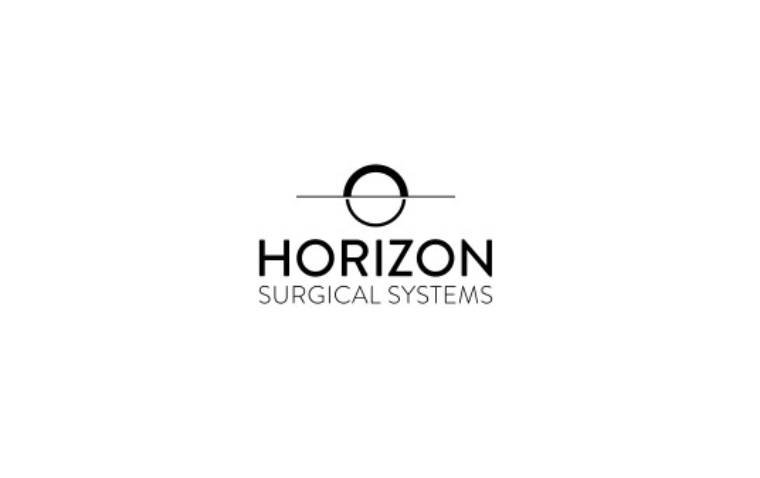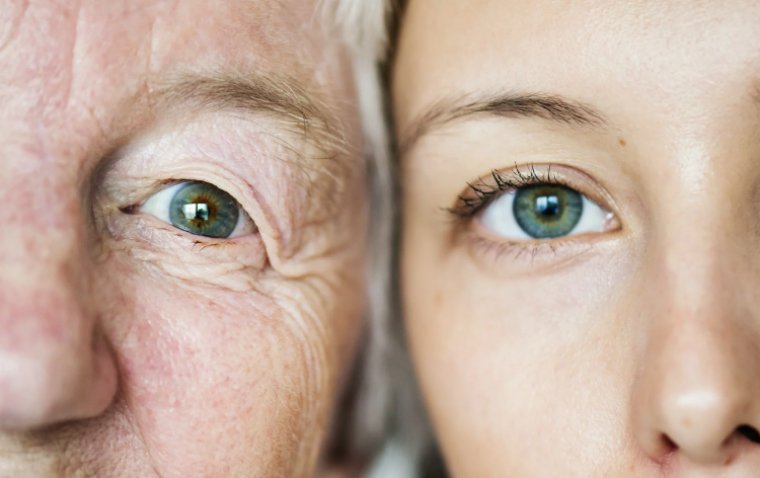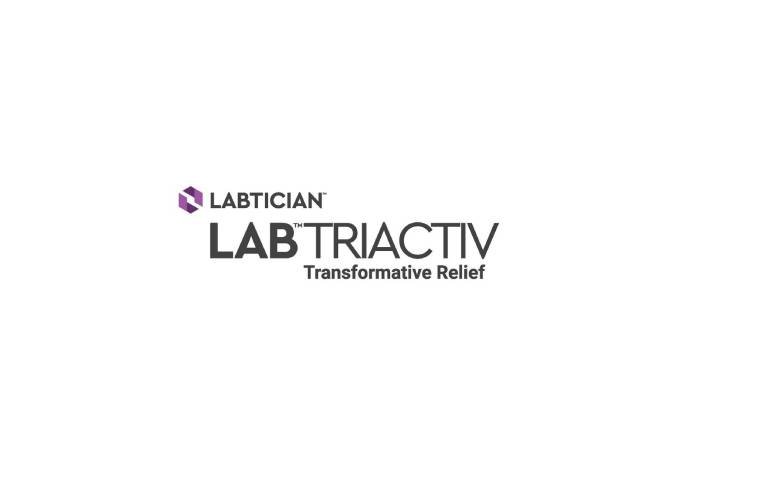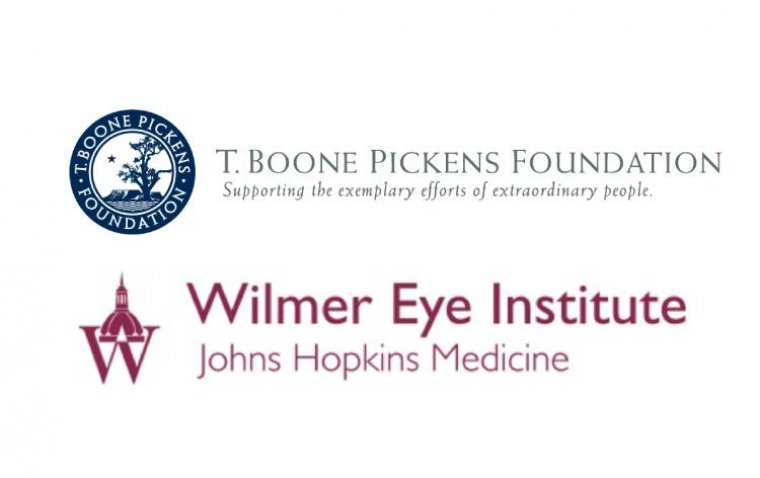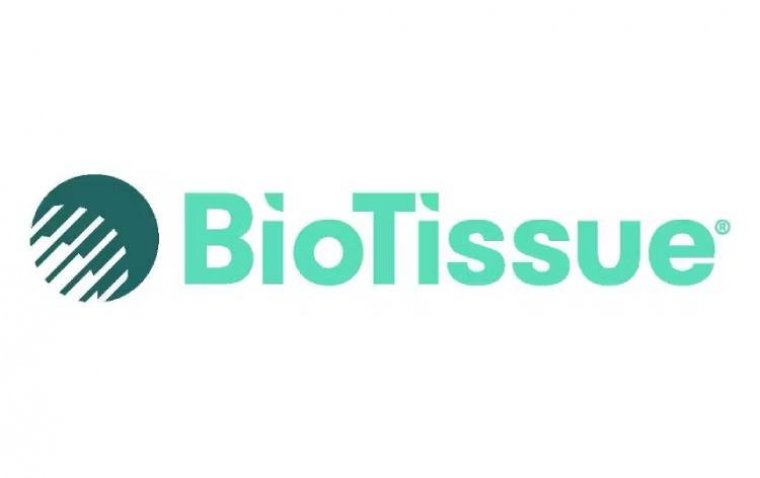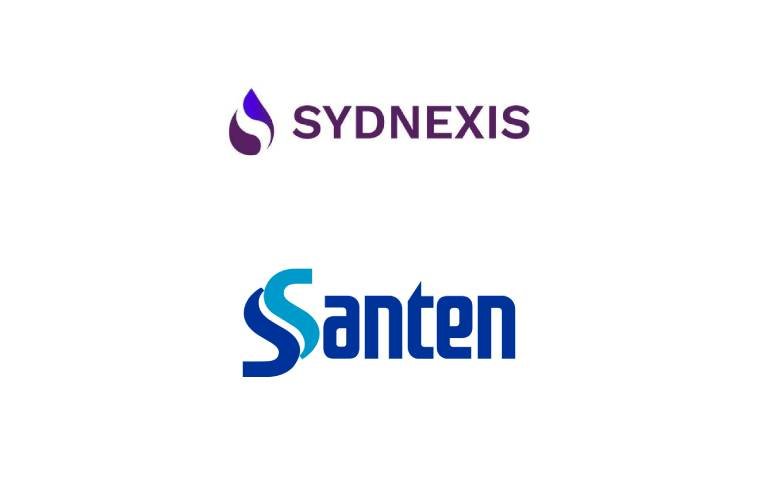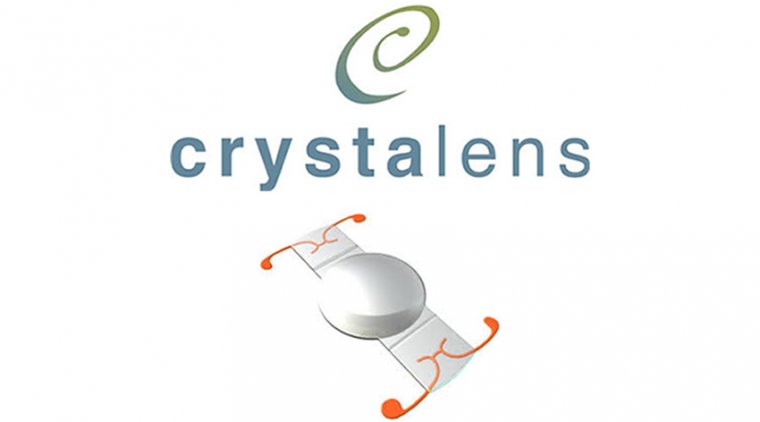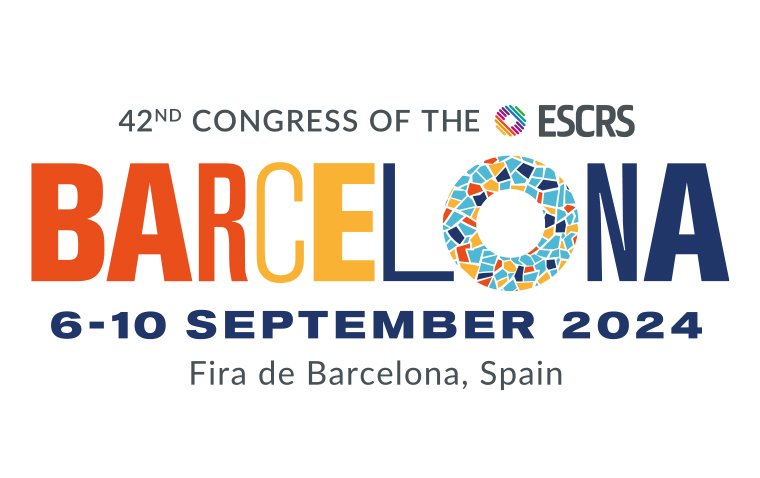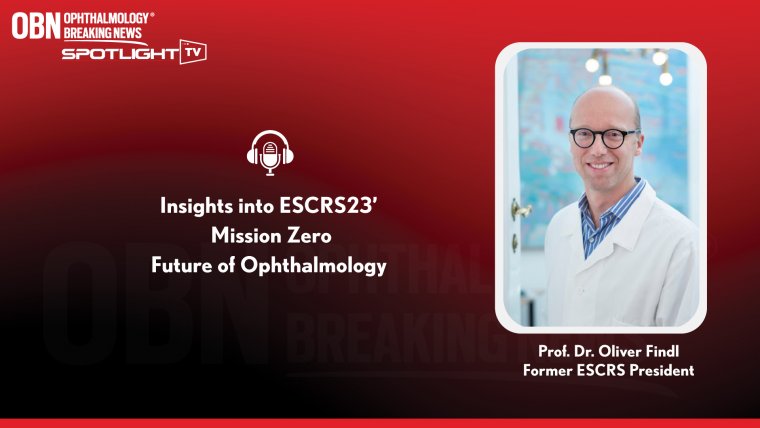
OBN Spotlight TV: Exclusive Interview with Prof. Dr. Oliver Findl
*If you are interested in becoming a part of our OBN Spotlight TV series, reach us at info@ophthalmologybreakingnews.com.
Q1: As you reflect on the recent ESCRS 2023 Congress, could you share with us the key highlights and breakthroughs in cataract and refractive surgery that you find most promising in today's ophthalmology landscape?
Prof. Dr. Oliver Findl: I think it's always a little difficult to speak about breakthroughs because these happen on and off. There's always small iterations many small changes that happen. This may be technologies, may be a technique, it’s may be an approach from a logistical point of view or from workflow point of view, which make a difference and some of these can actually change the way we do medicine for ophthalmology in this case. I don't think it makes any sense to highlight some new technology or some new technique because that's only part of one big sum of many things. There are some hot discussions at the moment and we try to highlight some of these in the arena. If you may have been to the arena in Vienna at the ESCRS there's a new format where we try to have debates on hot topics. And I think one of them from a logistical and from a workflow perspective, is the idea of doing an immediate sequential bilateral cataract surgery versus sequential, doing both eyes on one on one day. We know we can do that. Many of us used to do that for general anesthesia cases anyhow. With COVID we had to revert to IPSS. There is some good data that it seems to be cost effective to do that. There's also less travel for the patients. But the problem is also on the other hand, that many countries don't pay as well for the hospital for example. If you do both eyes in one day than if you do them separately. So there are a lot of issues. I think that's a hot debate over the next year. We'll see a lot about that and I think it's going to change a few things in our daily work.
Concerning technology, I think the digital operating room is something which is obviously becoming more and more not only fashionable, but it's also becoming more and more evident. For many of us, it's a big help both for safety as well as for efficacy and efficiency especially. We had some sessions on that at the ESCRS. We had essentially a whole digital day on Monday focused on that. And one of them was the digital operating room, robotics, which is becoming something I think is going to be a big game changer possibly. AI is also anterior segment surgery, especially diagnostics. We will see quite a bit of change in this arena as well from my perspective. And then we had one very interesting main symposium on Friday at the congress. which was about “Who Owns Ophthalmology.” So this issue of chains and private equity taking over many practices and surgical centers. And I think that is something which shows you the direction, which I believe is not really in not only in the interest of patients and not only in the interest of ophthalmology. I think this is something we need to discuss. Also maybe show some resistance to these trends, because I think that from my perspective in some instances, they're going overboard.
Q2: ESCRS is placing a strong emphasis on "Mission Zero." Could you share some highlights of the accomplishments and impact achieved through this mission during the congress?
Prof. Dr. Oliver Findl: First of all, we started Mission Zero last year, right? Vienna Congress in itself, including the travel of the delegates was carbon neutral. So that's, I think, good to know. And obviously we did that by reducing carbon emissions by all kinds of things we did. Also trying to reduce plastics and disposables and so forth, but also by offsetting the carbon footprint of the travel through NGOs. Five NGOs usually in the low and middle-income countries where we can sort of compensate our carbon emissions to a certain extent. I think that works quite well. We're really happy that has worked. That's the one part is trying to make the congress more sustainable.
And the other part, which is as important maybe even more important is how can we change our daily life, our daily working life in the operating theaters, even in clinics. How can we reduce our carbon footprint? And so we had this project, which we started last year, which we now have ready. It's the SIDICS calculator, Sustainability Index for Disposables in Cataract Surgery. It's a calculated way where you have your cat packs, where you have your knives, your gowns, you have your drapes, everything is inside, with the syringes, with the cannulas. And we have these cat packs and we have them custom-made like many different companies. We use these cat packs. And the problem is that some of these cat packs and I can also talk about ours the one we have in our hospital There are things in them which are not really necessary. We have something we only use sometimes and not every time. We've seen some cat pack with very large drapes which go down to the feet of the patient, which is not necessary for cataract surgery. Together with the university, we developed a calculator where you can enter your cat pack: what you have inside? how big is your gown? How big is your drape? How many syringes do you have? How many cannulas do you have and so forth. And then you get the carbon footprint of that cat pack. It's of course not generic, it's not company ABCD at this point, it's sort of a good average of several suppliers. And we also define the so-called ESCRS benchmark cat pack, which is the lowest common denominator of what many surgical centers in Europe are using. And we did a survey on that. I think it's good to go and take your cat pack list and then actually see where you stand compared to the benchmark set. And then you can say maybe I don't need this and maybe I don't need that, and maybe I can make my drapes smaller. And I think that will help reduce carbon footprint significantly because, we use these every day and we know that cataracts are the most common surgery full stop in medicine, not only in ophthalmology. If we make some small changes there that has significant impact. From my hospital is changing now to the smallest, the so-called benchmark pack has reduced the carbon footprint by 30% without any compromise in safety. That's the important thing. No safety compromises. So it's just you have to change your routine maybe slightly. Nurses have to adapt. We have to adapt to surgeons, but that's doable. Our cat pack we've had since many years, nobody thought about changing it.
It just works. Of course it works, but it's unnecessarily big. We have to rethink and everybody has to do it themselves. And they have to decide what they want to leave away and what they don't need or what they need. I think that can change quite a bit. SIDICS calculator is online on the ESCRS website. We've done a lot of on sustainability, and also tried to inform people what can they change, what can they change quickly. We had a main symposium on it. We had an arena session on it. Also, we had a big instructional course on it. We're trying to also just inform, and motivate hopefully. I hope that will induce some change.
Q3: What are the key elements the ophthalmic community should consider when it comes to IOL selection?
Prof. Dr. Oliver Findl: This whole issue is about monofocal plus EDoF lenses. Which box you put this lens and these let's say, company X, company Y, where does it fit into this lens? We’d like to have the EDoF box and we’d like to have the multifocal plus box, the monofocal, the trifocal. I think we have to think a little differently. Yes, monofocal is clear, and trifocal is clear. But in between is it's a continuum from monofocal plus over EDoF for whatever you call it down to bifocal trifocal. We need to slightly change our attitude and our thinking about that. Just think this lens has specific optical characteristics and who is suitable for this lens or whom this lens is suitable? And I think that's the most important. Obviously as a surgeon, you can't have 20 products because you only use one few times. So ideally you want to have two, three, four products.
Presbyopia correcting lenses which you know quite well, and then you need to know where to use it with whom and whether you combine it with monovision or you just keep it for distance for both eyes. And I think that's what we need to do. We need to change slightly our thinking about these lenses and just try to understand what this lens from this manufacturer is actually doing. And I think that's something we need to do. It's not easy because there is always many different data points. Companies tell you all kinds of things. Even very fancy names for some new technology. But at the end of the day, it's always about splitting light to a certain extent or stretching light and you're always going to have some compromise. And the question is how much is the compromise concerning quality of vision. Considering dysphotopsia, contrast sensitivity, maybe even distance acuity. I think that's something we need to find a better way of characterizing and describing. Hopefully that will also be helpful for doctors and for surgeons.
Q3: Could you please provide some hints, highlights, or new features that attendees can look forward to at ESCRS 2024?
Prof. Dr. Oliver Findl: My successor Filomena Ribeiro from Portugal who will be the president starting January 1st. I'm still the program committee chair until the end of the year. We're planning a few new formats where we would -that's my interest- and I think also Filomena’s interest as far as I know try to have more of a networking experience, more of a getting together and doing something together and especially for younger ophthalmologists, not only young everybody, but maybe even more interesting for young ophthalmologists. The idea is that you really have the possibility of interacting more. We had them in the arena. In the arena, you were able to write a comment or question. It came up as big bubbles on the big screens. So you were able to really participate and you were able to vote by walking around and saying, I'm from red. No, I'm from blue or I don't know yet. You have much more of a dynamic interactive style than just sitting there and listening to somebody talk. So I think that's something we want to push. Having networking events.
There are many different formats which we're thinking about. I won't tell you yet because there should be some surprises. For example, five or six young ophthalmologists or not only young ophthalmologists to really get together and work together for 45 minutes to solve some problems. Thinking about doing world cafes where you maybe interact with people from industry, from research, from development on different topics structured. You'll see quite a few interesting new performances coming up that are out of the norm, which I also have never seen in other congresses. No matter ophthalmology or non-ophthalmology, which I think are really new.
Then we'll still have our main symposia because that's what in 2 hours you get all the information you need on that topic from six very eloquent international speakers and then two chairpersons. I think we’ll obviously keep that format as well. But I think we're looking at some new trends, some new methods. I said I wanted to have a poster presented with a small group of 15, 20, or 25 people sitting there more in full, where people can ask questions. It's much more close than if you are on a stage. So that has gone down very well. Also, the free paper sessions, which we now have in four booths, in one big room is also a format that we introduced a few years ago. But now we also saw with COVID that many wanted to change to virtual, especially the younger generation think should I go to a congress, I can also watch it on my screen. Yes, you could, but you can't really interact. So you're sitting you're very passive. You're very far outside. You can write a comment. But it's not really taken up. And I think that's where we want to go. We want to really make the congress much more of an interactive event, where you can actually really interact with speakers, key opinion leaders, colleagues, and friends.
Q4: What do you believe are the most pressing challenges and opportunities facing the ophthalmology community in the coming years, as discussed at the congress?
Prof. Dr. Oliver Findl: I think cost will be a big factor. And who will do the work? How well can we delegate? Can we delegate even more than we do now? Because it's quite clear, if you look at the age pyramid, more and more baby boomers are coming now into retirement. and then will also get typical diseases cataract, glaucoma and so forth. So how can we take care of this at least in the Western world? Definitely enlarging population and that doctors tend to become less or at least stay the same number. Nursing is becoming a real problem in Europe as you probably know, especially since COVID even more so, but also before we have a shortage in nursing staff. Hospitals now need to think about alternatives to just doctors and nursing, but get more technicians in, get more people in to do, diagnostic steps and so forth. I think that's going to be one of the biggest challenges for most countries. How well can doctors delegate and of course here telemedicine, AI. I guess maybe robotics can help. But I’m not really sure about telemedicine to be honest, because I think you still need to see a patient. if the technology really develops even more, maybe it's possible to do that from far away. But still you need a doctor to do that. So I'm not so sure that telemedicine is going to be the big answer at least for most countries. Maybe for some where you have very remote places for patients, that's maybe something different. But in most European countries, that's not such an issue. So I think from the way we work and how do we delegate and who owns that. Is it a chain who has puts pressure on you of course. Because they want to make a profit.
Then you get into all these issues and I think that those are going to be the big challenges. How can we keep a good, effective, and efficient public healthcare system up and running? For many countries, that's a big question. For some countries, because it's already gone they've already lost it. They already privatize to a big extent and others aren't able yet. So I think that's going to be something, which is going to be very challenging. It's a little abstract. It's not so easy to talk about. But the biggest challenges over the next few years for most of us in Europe, at least. Another digitalization and robotization are obviously something that is coming down. I think it's going to go not as fast as we believe, It's going to take longer than we all believe. Also AI is not going to be so helpful especially anterior segment. It’ll be helpful here and there but not as much as we believe it will. I think it will take much longer.
(1).jpg)
